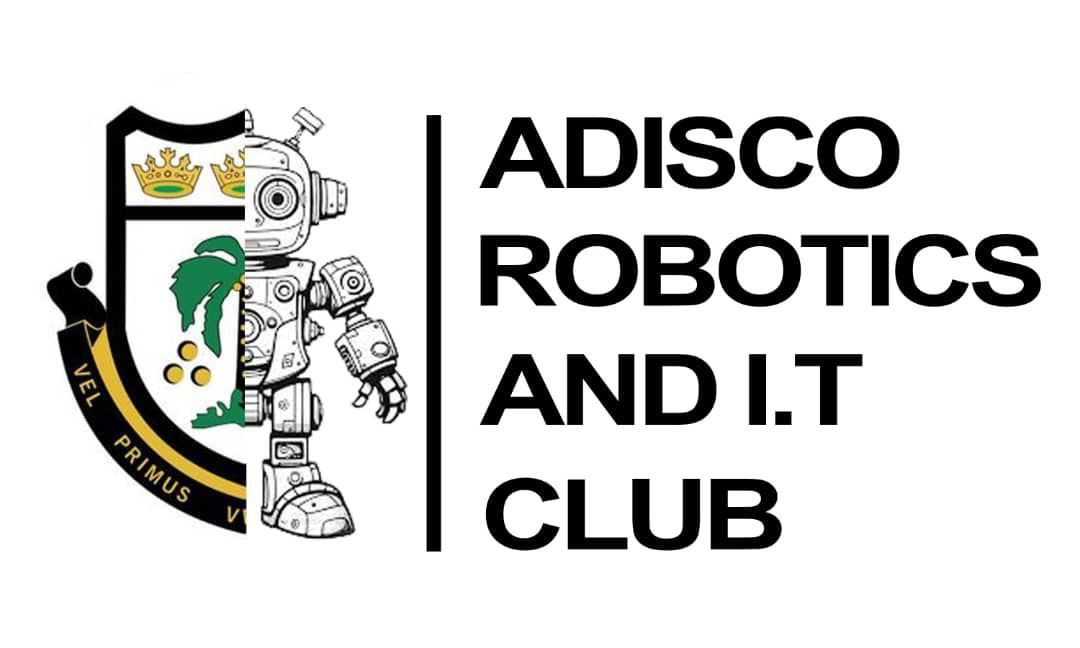Journey into the future
Journey into the future: Unraveling the Mysteries of AI and Machine Learning.
These days, "artificial intelligence" (AI) and "machine learning" (ML) are buzzwords that are sometimes misinterpreted and used interchangeably. But below the surface there's a world of creativity, opportunity, and transformational potential. We tackle the complexities, uses, and future implications of AI and ML in this blog as we set out to demystify these technologies.
Overview:
A basic understanding of artificial intelligence (AI) and machine learning is that AI is the simulation of human intelligence in machines, allowing them to carry out tasks like learning, problem-solving, and decision-making that normally require human intelligence. Machine Learning, a branch of Artificial Intelligence, enables machines to learn from data and get better over time without directly predetermined. It's similar to teaching a computer, like people, to learn from experience.
Applications in a Variety of Industries : AI and ML are being used in a variety of industries to drive innovation, improve efficiency, and revolutionize processes. AI-powered systems in the healthcare industry evaluate patient data to help with diagnosis, forecast disease outbreaks, and customize treatment regimens. Machine learning algorithms are used in finance to automate customer support, optimize investment strategies, and identify fraudulent transactions. Autonomous vehicles powered by AI are revolutionizing transportation by streamlining routes and lowering accident rates. AI and ML are transforming the world of possibilities in a variety of industries, including manufacturing, retail, transportation, and entertainment.
Difficulties and Ethical Matters: Significant authority entails significant accountability. It's critical to discuss the risks and ethical implications of AI and ML technologies as they develop. Issues regarding algorithmic bias, data privacy, job displacement, and autonomous decision-making are significant. To foster trust and reduce harm, AI systems must be made transparent, accountable, and equitable. There are also continuous discussions regarding how automation will affect employment and income inequality in society. Working together, stakeholders including legislators, technologists, ethicists, and the general public must overcome these obstacles.
The Future of Machine Learning and Artificial Intelligence: There is a great deal of potential and promise for these fields. We can anticipate advances in fields like computer vision, reinforcement learning, and natural language processing as research and processing power continue to grow. AI systems will improve their ability to comprehend emotion, reasoning, and context, allowing for interactions that are more like those of humans. The coming together of AI and other revolutionary technologies such as quantum computing, IoT, and 5G, will open up new avenues for innovation. To ensure that AI advances inclusive progress and serves humanity's best interests, it is imperative that we approach this future with caution.
In summary, artificial intelligence (AI) and machine learning (ML) mark a paradigm shift in how we engage with technology, resolve challenging issues, and influence the future. There is no denying the potential for good, even though the path ahead is full of obstacles and unknowns. Through the promotion of cooperation, creativity, and moral responsibility, we can effectively utilize artificial intelligence (AI) to build a more promising and just future for everybody. Let's proceed cautiously as we continue to solve the puzzles surrounding AI and ML, guided by a common goal of responsible innovation and advancement that puts the needs of people first.
